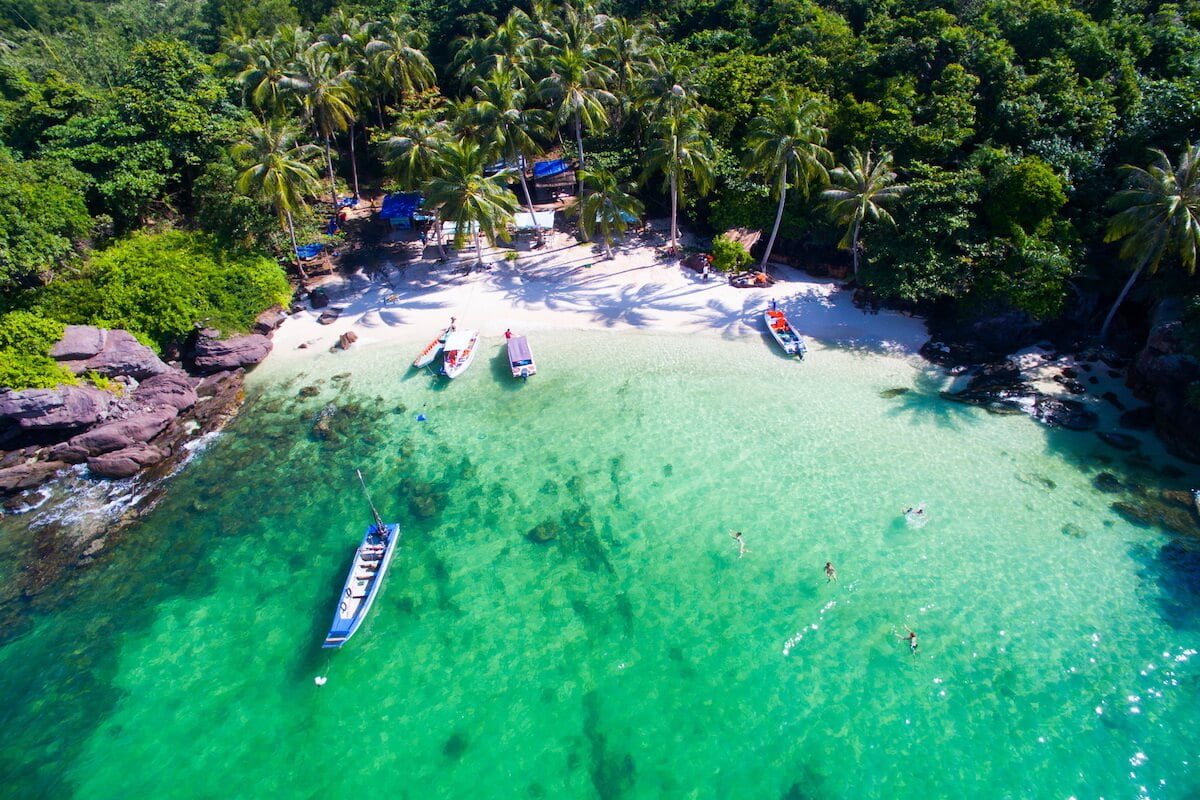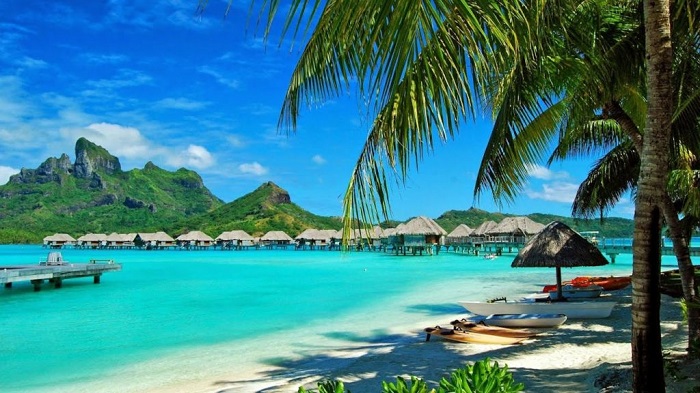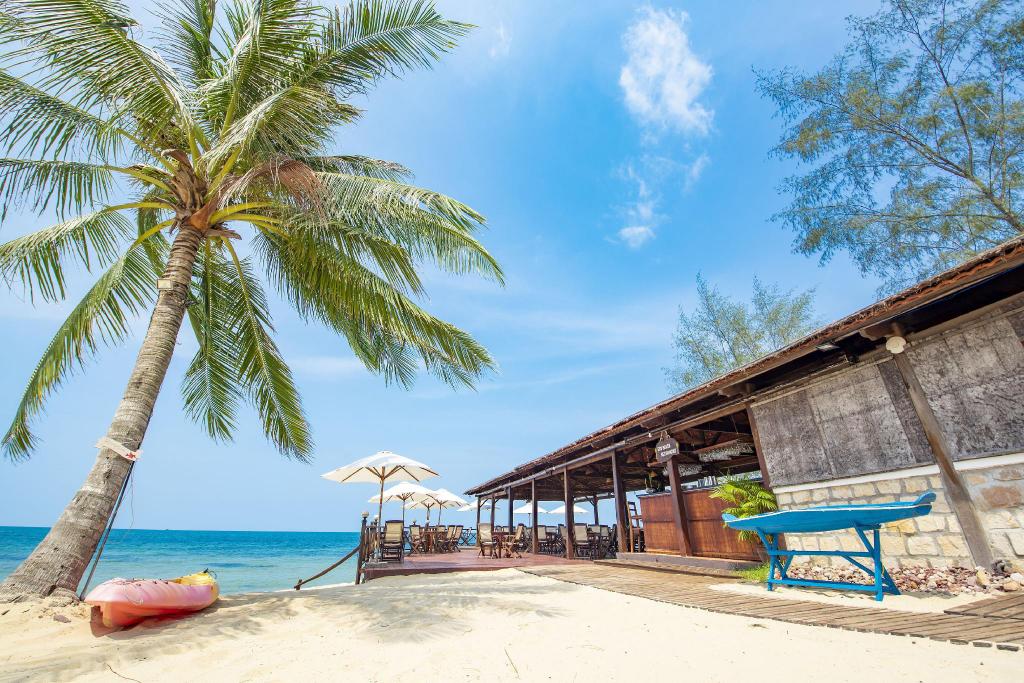Phú Quốc island is the largest island in Vietnam. Phú Quốc and nearby islands, along with distant Thổ Chu
Islands, is part of Kiên Giang Province as Phú Quốc District, the district has a total area of 574 square
kilometres and a permanent population of approximately 103,000. Located in the Gulf of Thailand, the district of
Phú Quốc includes the island proper and 21 smaller islets. The district seat, Dương Đông, is located on the west
coast, and is also the largest town on the island. The economy is centered on fishing, agriculture and a
fast-growing tourism sector.
Phu Quoc Island is mainly composed of sedimentary rocks from the Mesozoic and Cenozoic age, including
heterogeneous conglomerate composition, layering thick, quartz pebbles, silica, limestone, riolit and felsit. The
Mesozoic rocks are classified in Phu Quoc Formation (K pq). The Cenozoic sediments are classified in formations of
Long Toan (middle - upper Pleistocene), Long My, (upper Pleistocene), Hau Giang (lower - middle Holocene), upper
Holocene sediments, and undivided Quaternary (Q).
Pristine beaches here are seemingly captivating to those fond of unspoilted beauties. The one listed in the “World
Hidden Beaches” is “Long Beach” (“Bãi Dài”), which is most beautiful from October to March. The beach honorably
ranks higher in the list to many other world famous beaches, such as Wildcat Beach in California, the USA, Pink
Beach in Barbuda, or Cayo Costa State, south Florida and so forth.




